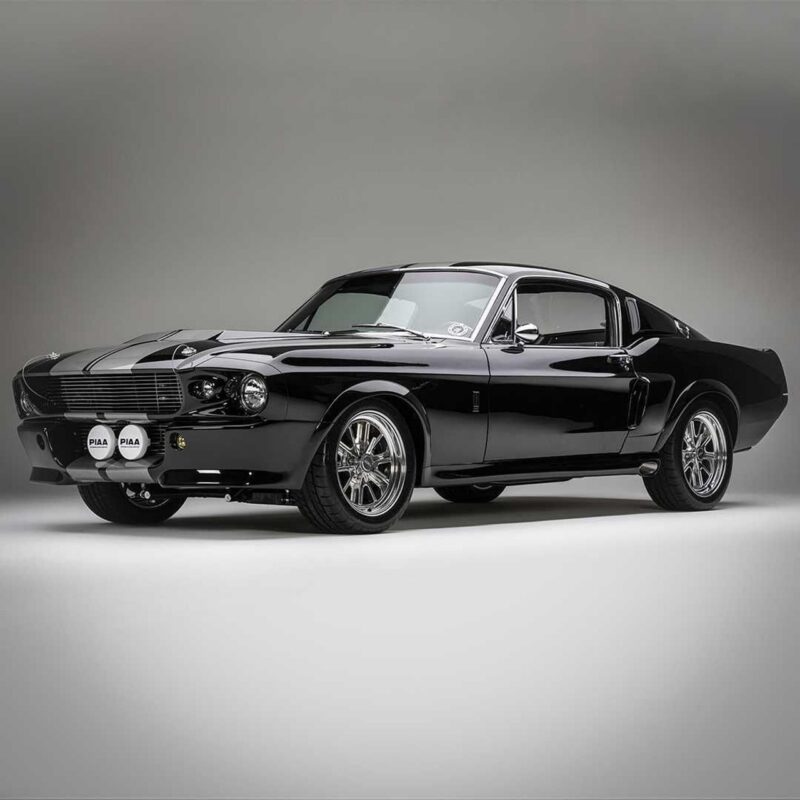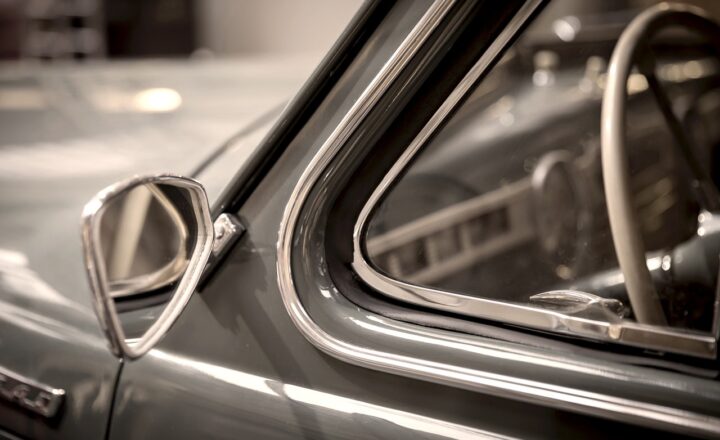How the Ford Mustang Defined American Muscle Cars for Generations
November 13, 2024

The Ford Mustang. Just the name alone conjures images of freedom, speed, and that unmistakable roar of a V8 engine. Since its launch in 1964, the Mustang has etched its name into the annals of automotive history, becoming synonymous with the muscle car movement in America. But what is it about the Mustang that has captivated the hearts of millions? Let’s delve deep into how this iconic vehicle redefined not just a segment of the automobile market, but indeed, American culture itself.
1. The Birth of a Legend: Mustang’s Introduction
In the early 1960s, Ford found itself searching for a way to capture the youth market. The baby boomers were coming of age, and their interests in style, speed, and performance were rapidly evolving. Ford’s solution? Create an affordable sports car that brought excitement back into driving.
The Mustang was introduced to the world on April 17, 1964, at the New York World’s Fair, and it was an immediate sensation. With its sleek lines, long hood, and short rear deck, the Mustang exuded both style and aggression. Its marketing was aimed squarely at the youth of America, promoting the idea that owning a Mustang wasn’t just about driving; it was about lifestyle, freedom, and adventure.
2. The Characteristics of a Muscle Car
Muscle cars are defined by two primary characteristics: high performance and an aggressive aesthetic. The Mustang encapsulated these ideals perfectly. Available with a range of powerful engines, including the renowned 289 cubic-inch V8, the Mustang quickly became known for its performance on both the track and the street.
Here are some key design elements and performance features that helped shape the Mustang’s identity as a quintessential muscle car:
- Powerful Engine Options: From the outset, the Mustang offered powerful V8 options that appealed to performance enthusiasts. The introduction of engines like the 390 cubic-inch V8 and the iconic Boss 302 made it a formidable competitor in the muscle car race.
- Customization: The Mustang allowed buyers near-endless customization options, from engine selections to interior trims, making it possible for drivers to make their Mustang truly their own. This personalized touch created a deeper connection between owner and car.
- Sporty Design: With its distinct front grille, wide stance, and rear taillights, the Mustang offered an aggressive aesthetic that appealed to muscle car aficionados and casual drivers alike. Its design inspired countless imitators and has influenced generations of vehicles to come.
3. The Mustang’s Impact on American Culture
Beyond just being a fast car, the Ford Mustang played a significant role in American culture. It became a symbol of the American dream, appealing to the youthful energy of the 60s. This connection to culture was bolstered by frequent appearances in popular media, including movies like “Bullitt” and “Gone in Sixty Seconds,” where the Mustang’s exhilarating speed and unmistakable sound became legendary.
However, it’s essential to note that the Mustang wasn’t just a car for people to drive; it became part of people’s identities. Thomas O’Rourke, a noted automotive historian, remarked, “The Mustang represented personal freedom and rebellion for a generation of young Americans.”
4. Evolution Through the Decades
As with all iconic vehicles, the Mustang was not immune to changes in fashion and technology. Here’s a look at how the Mustang adapted over the decades:
- 1960s: The Classic Era – With even more engine options and styling updates, the Mustang solidified its status as the premier American muscle car. The Shelby Mustang GT350, created by racing legend Carroll Shelby, took performance to new heights, cementing the Mustang’s place in automotive history.
- 1970s: The Transition – The oil crisis of the early 70s and rising insurance premiums led to a decline in horsepower and a shift towards smaller, more fuel-efficient vehicles. The Mustang II was introduced, which some enthusiasts viewed as a departure from the ‘muscle’ ancestry, yet it still found a loyal following.
- 1980s to 1990s: The Renaissance – Ford revitalized the Mustang in the 80s with models like the Fox-body Mustang. Introduced in 1979, it featured a lighter chassis and improved engine options, allowing a new generation to experience the thrill of driving a Mustang. The introduction of the Mustang SVT Cobra in 1993 harkened back to its muscle car roots, emphasizing performance once again.
- 2000s and Beyond: The Modern Era – The 2004 redesign brought back retro styling reminiscent of the 1969 Mustang, which shot off the production line. The introduction of the EcoBoost engine option and advanced technology features allowed the Mustang to become not just nostalgic, but also competitive in the modern automotive landscape.
5. The Global Influence of the Mustang
The Mustang’s appeal transcended borders. It became an international symbol of American automotive excellence, inspiring car enthusiasts worldwide. In countries like Australia and the UK, Ford developed local versions of the Mustang, further cementing its place in the global automotive community.
In more recent years, Ford has experienced tremendous success with the fifth and sixth-generation Mustang in foreign markets, leading to the introduction of the Mustang GT350R and the Mustang Mach-E electric SUV.
6. Conclusion: The Enduring Legacy of the Ford Mustang
The Ford Mustang has not only defined what a muscle car is but has also transcended the very concept of what a car can represent. It has stood the test of time, appealing to generations of car enthusiasts with its combination of raw power, style, and American spirit.
With continuous innovation and a strong connection to its historical roots, the Mustang shows no signs of slowing down. Whether you’re a lifelong fan or a newcomer, there’s no denying that the Ford Mustang will remain a beacon of American automotive culture for generations to come.
So the next time you hear that iconic rumble of a Mustang driving by, remember — it’s not just a car; it’s a legacy.








